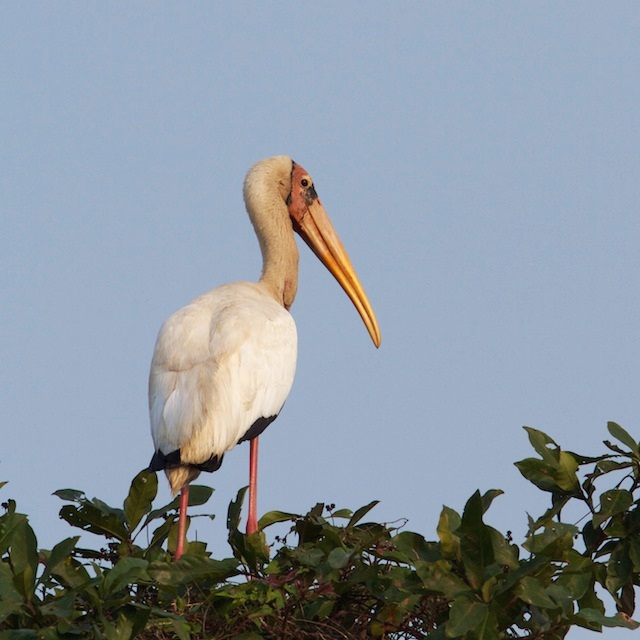From the Field
March 16: Rich Hoyer from his just completed tour of Costa Rica
It was sad to see our thirteen days in Costa Rica come to an end, each and every one of them filled with rich experiences. Up until the very end we were seeing new birds and fascinating behaviors. The tour favorite was the pair of Resplendent Queztals making very infrequent appearances at a well-known nesting cavity in the highlands (they must have been incubating eggs) in the Talamanca Highlands. The group visited the site twice and stood for quite a while before we all saw the male with his stunning upper tail covert streamers (photomerge below). We watched amazed as a Brown-throated Three-toed Sloth crossed the El Tigre River at our lodge on the Osa Peninsula one day, the photo below being after it had crossed and was looking forward to getting back up into the canopy. Unforgettable here was a Bicolored Antbird that had no fear of the group, even seeming to expect us to help stir up insects for it to feed on. At our last lodge we watched a gorgeous Cinnamon Woodpecker hewing away at a branch for several minutes only to finally discover that it wasn't feeding but was apparently anointing its feathers with the sap from under the bark – a behavior we'll have to do some research on when we get home. My personal highlight of the tour was seeing male Snowcap so well on our next-to-last day at a roadside garden where the species can be intermittent (photo below). We ended up seeing a couple in the forest well away from the garden as well, but even more memorable was our rescue of a female Snowcap that had apparently struck a window at the national park guard station and appeared to be doomed to die as it sat on the ground getting wet and cold in the constant rain. I picked up the bedraggled tiny thing, placed it on a windowsill out of the rain, and asked for some sugar from the park guard. I made a quick syrup in the the lid of my water bottle, and she lapped it up readily as I held her and dipped her beak in the water. After a couple minutes of filling her crop, I set her on the sill, but before she was completely off of my hand, she buzzed up and away into the misty cloud forest.
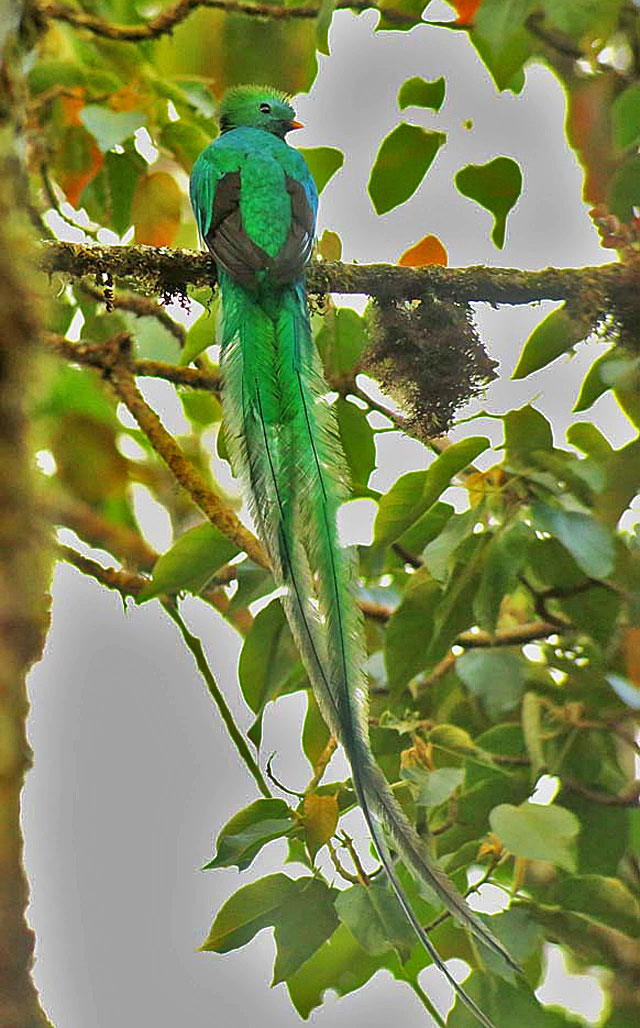


March 15: David Fisher from his on-going tour to the Venezuelan Andes and Llanos
Our tour started in the Andes at a lodge with hummingbird feeders – themselves a rarity in Venezuela - visted by eight species of hummer including the aptly-named Orange-throated Sunangel (below). Other Andean highlights included White-capped Dippers and Torrent Ducks (below) on the crystal-clear rivers, Crested Quetzals and Rose-headed Parakeets in the montane rainforest, and endemics such as Paramo Wren and Ochre-browed Thistletail at 12,500 feet in the paramo zone. We're now en route to the llanos and the amazing waterbird diversity at Hato El Cedral.
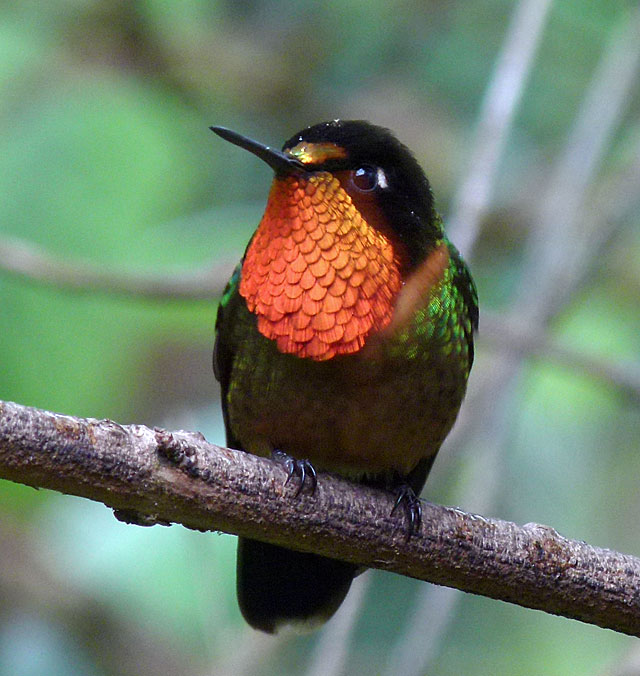
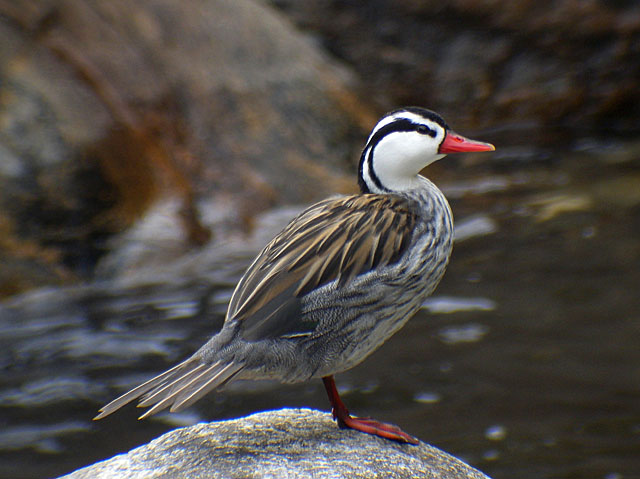
March 11: Susan Myers from her on-going tour to Vietnam
Our first part of the Vietnam tour at Cat Tien National Park was sensational. We had three full days and never a dull moment! The park is not so far from Saigon and protects a large area of tropical rainforest - full of fabulous wildlife. We had so many memorable sightings it's hard to single out a few, but I will have to mention the superb Siamese Firebacks we saw along the park road (below), scope views of Germain's Peacock-Pheasant, the endemic Red-vented Barbet, rare Black-shanked Douc Langurs (a colorful and very beautiful monkey), a pair of cooperative Asian Porcupines, Blue Pansy butterflies (below) and last but no way least, point blank views of Bar-bellied and Blue-rumped Pittas. Next stop: the Da Lat Plateau.
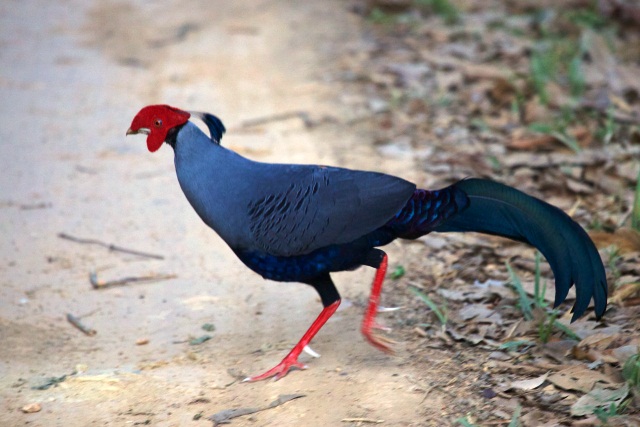
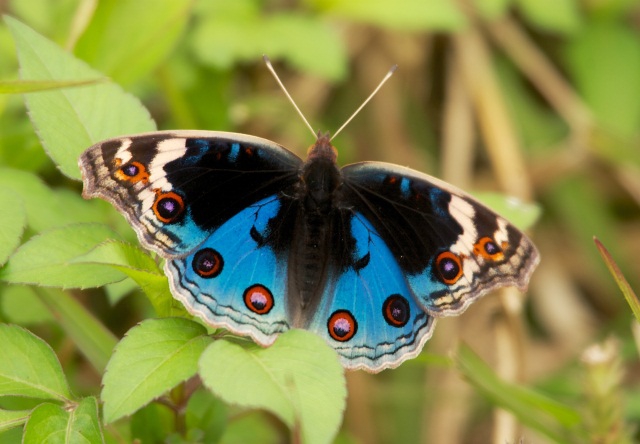
March 8: David Fisher from his on-going tour of the Venezuelan Tepuis
The Escalera road in Canaima National Park is famous for it's cotingas, and this year we had a great encounter with Guianan Cock-of-the-rock, watching a male displaying at close range. Later the same day we saw a male Rose-collared Piha, a poorly known pan-Tepuis endemic. Other cotingas that day included a male Pompadour Cotinga as well as both White and Bearded Bellbirds on their display perches. Heady stuff.....
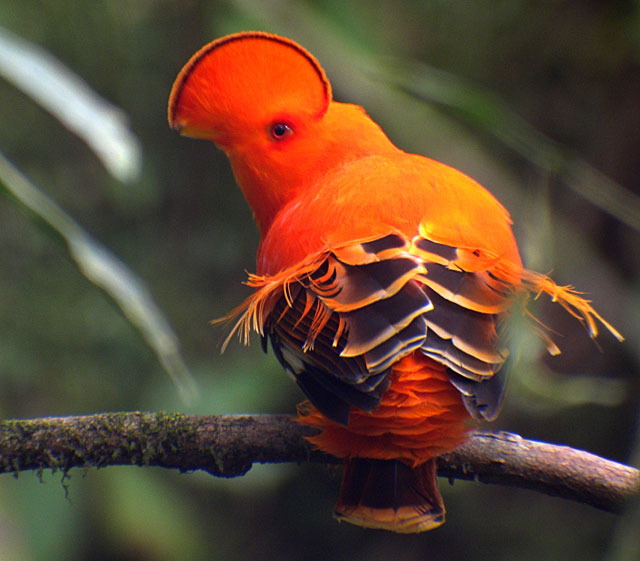
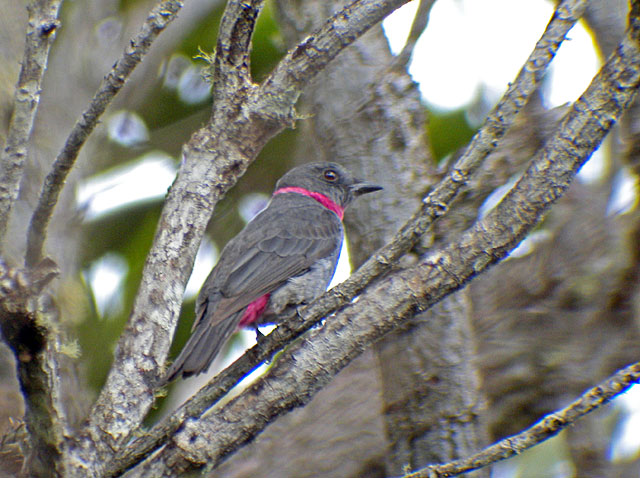
March 3: Jon Dunn on the last part of his tour to Northern Thailand.
After leaving Chiang Mai we headed north to Doi Ang Khang where we had excellent views of Red-faced Liocichlas and White-browed Laughing-Thrushes, as well as several White-tailed Robins (below) at a blind along with Black-breasted Thrushes, and two Scaly Thrushes (below). A male Hume's Pheasant was glimpsed. After three nights there we headed on to Tha Ton for our full day on Doi Lang. There at another blind, a Rusty-napped Pitta (below) appeared immediately after our arrival and remained for over an hour. Other species of note there included White-gorgeted, Rufous-gorgeted and Slaty-blue Flycatchers, and Spot-breasted Laughing-Thrushes (below). A male Sapphire Flycatcher foraging in the trees above was our first one on a Thailand Tour in several decades. Farther up Doi Lang we located a Crimson-breasted Woodpecker. On the way up Doi Lang we watched four Hume's Pheasants cross the road, including a stunning male (below).
Our extension produced all of the rare key shorebirds, including three Spoon-billed Sandpipers all in one flock of shorebirds (mostly Broad-billed Sandpipers), 62 Nordmann's Greenshanks, and four Asian Dowitchers, plus the male White-faced Plover. Also notable were at least 300 Garganey, a declining species in Asia, plus a Eurasian Wigeon. A Black-faced Spoonbill and nearly 30 Painted Storks were also notable.
Our tour ends tomorrow, but four of us are continuing on to Kaeng Krachan National Park tomorrow to scout for a future Wings event.
All images thanks to Jerry Oldenettel.
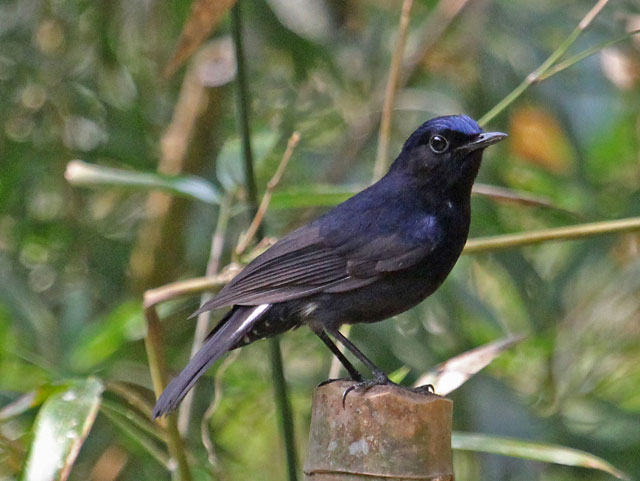
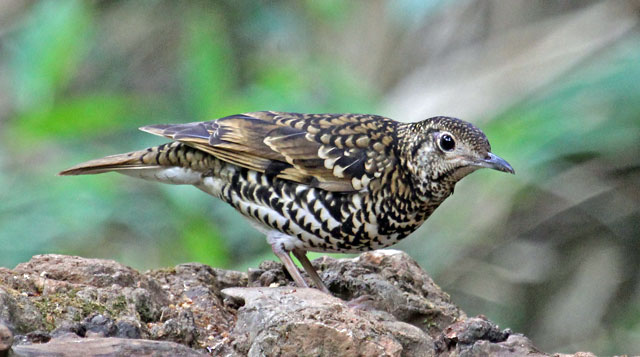
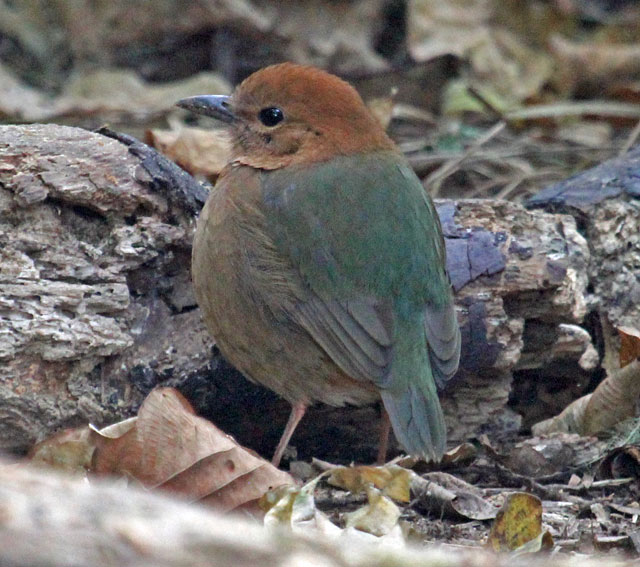
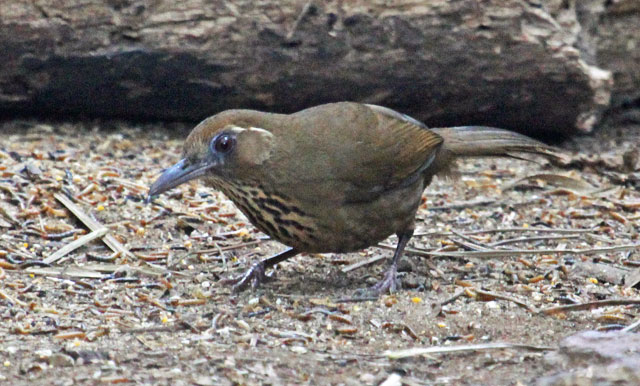
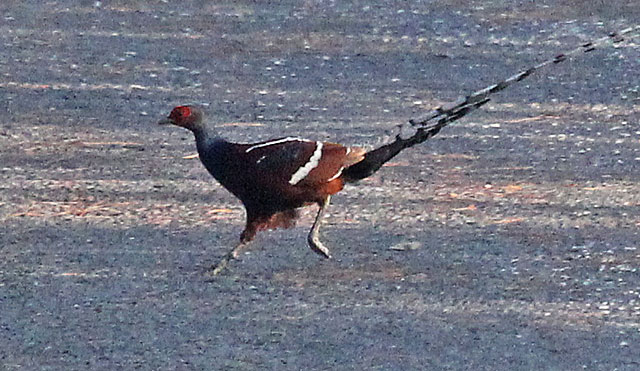
March 3: David Fisher from his ongoing tour to the Venezuela's Tepuis and Imataca Forest Reserve
The first day in the eastern rainforest presented us with a dilemma as an occupied Harpy Eagle nest competed for ‘bird-of-the-day’ with a Horned Screamer perched on a tree right next to the road (see below) and White-plumed Antbirds at an antswarm (see below). The second day started with a Sungrebe and a River Otter, continued with displaying Purple-throated Fruitcrows and jewel-like Ferruginous-backed Antbirds and ended with a Giant Anteater carrying a baby across the road right in front of the group. With nearly 200 species seen in the first three days of the tour, the Neotropical diversity is almost overwhelming.
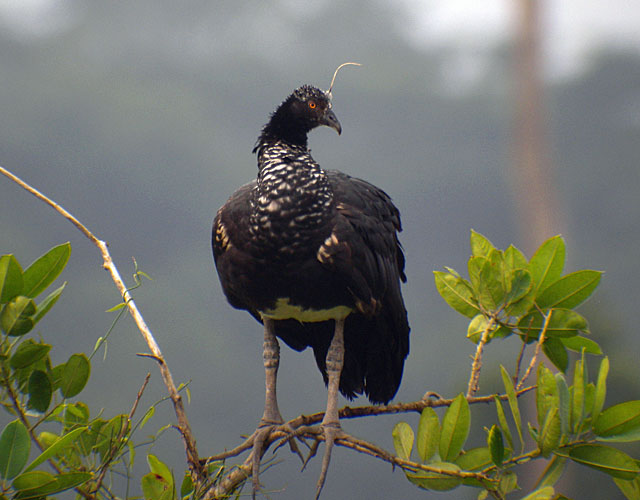
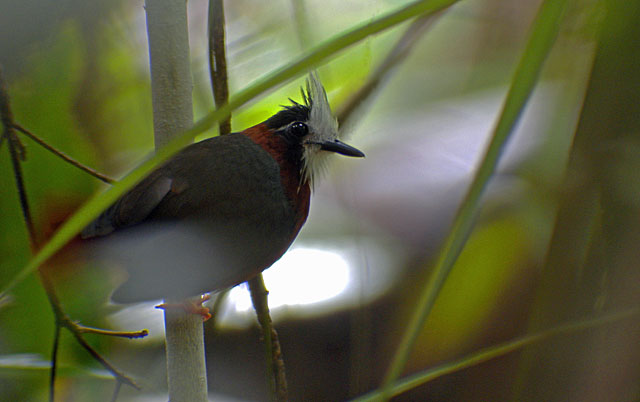
March 1: Gavin Bieber on his just-concluded tour of South Texas
We encountered near record drought conditions throughout much of the valley and although numbers of common residents and wintering species seemed lower than average there were still birds around every corner. The resident birds in the valley never fail to disappoint and our repeated views of Green Jays (below), Altamira Orioles (below), Great Kiskadees (below), Plain Chachalacas and a host of other fine birds restricted to this corner of the United States allowed us to really get to know these species. A stray Crimson-collared Grosbeak in Sabal Palms and a wintering Flammulated Owl on South Padre Island certainly livened up the birding as well!
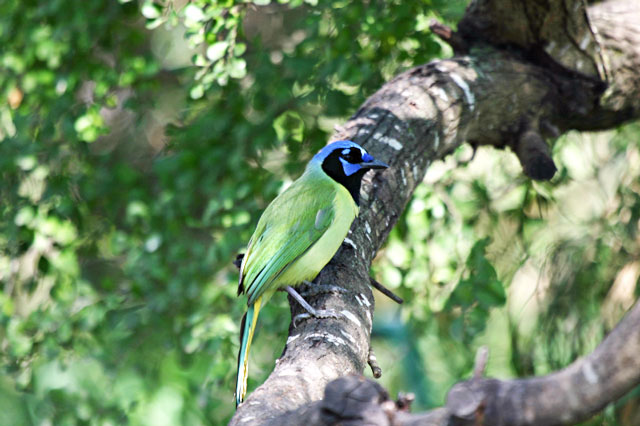

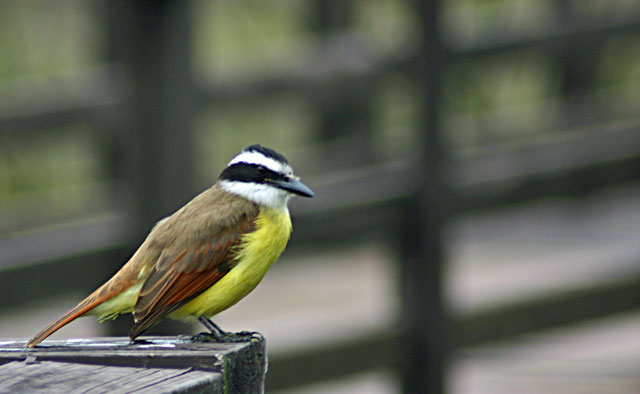
March 1: Susan Myers on her recently completed tour to Cambodia
Our Cambodia tour is now wrapped up, sadly. We had some great experiences with many wonderful birds as well as some sensational mammals. Not to mention the great food, fascinating scenery and culture and the super friendly Cambodian people. One morning we found the near-endemic Mekong Wagtail amongst the fast flowing braided sections of the mighty Mekong, as they flew from island to island amongst Small Pratincoles (below, photo by David Fisher) and fabulous Irrawaddy Dolphins, of which there are estimated to be fewer than 70 individuals. Then we finished off our sojourn in Khmer Kingdom at a new site, the Seima Protected Forest. It was very exciting to bird this large area of diverse forests with highlights including Great Hornbill, a shy Blue-rumped Pitta and the very glamorous Black-shanked Douc Langur, a species of monkey that was thought to be near extinction until a very large population was found in this remote part of Cambodia. I'm looking forward to returning to this fascinating country next year!
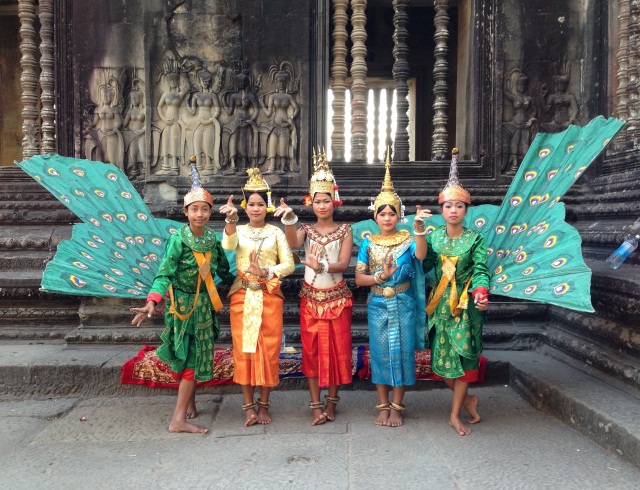
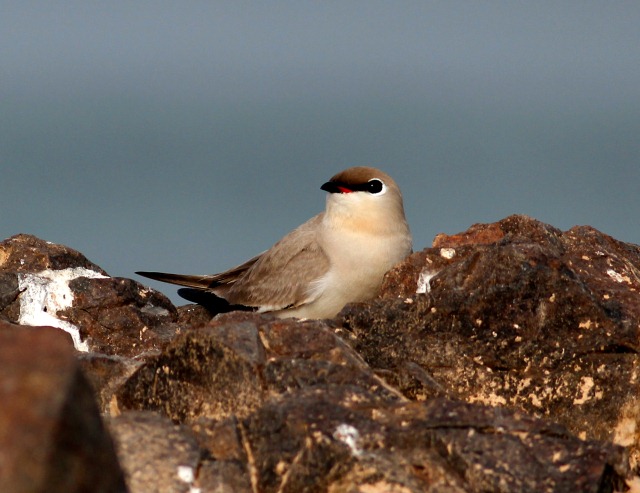
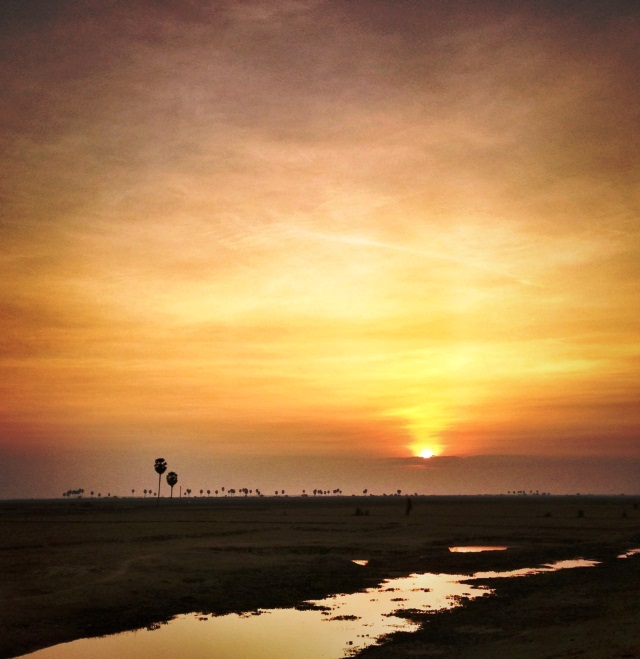
February 24: Jon Dunn from his on-going tour of Northern Thailand
Khao Yai was particularly productive with multiple Silver Pheasants and Siamese Firebacks, the latter being on the road and blocked for a time from our group by the rear end of an Asian Elephant (below) which briefly came at my van. We ended up seeing three of the four hornbill species with Great Hornbills (below) in particular putting on a spectacular show; I've never seen so many in the park. Other Khao Yai highlights included a displaying Black Eagle, a Violet Cuckoo, Banded Broadbills (below - thanks Pinit.) and numerous Brown-backed and one Silver-backed Needletail coming in to drink at a pond within the park. In the north we encountered both Long-tailed and Silver-breasted Broadbills and a secretive Brown Bush-Warbler (a tour first) on Doi Pui, and on Doi Inthanon we had fine views of feeding Rufous-throated Partridges, a male White-browed Shortwing nearly underfoot, and we spent a good 30 minutes watching a very close Eurasian Woodcock. Today on Doi Inthanon, we watched a curled up Mountain Pit Viper on a fallen log that almost served as a seat for one of us to retie our shoes! Tomorrow it's off to Mae Tang and later Doi Ang Khang.
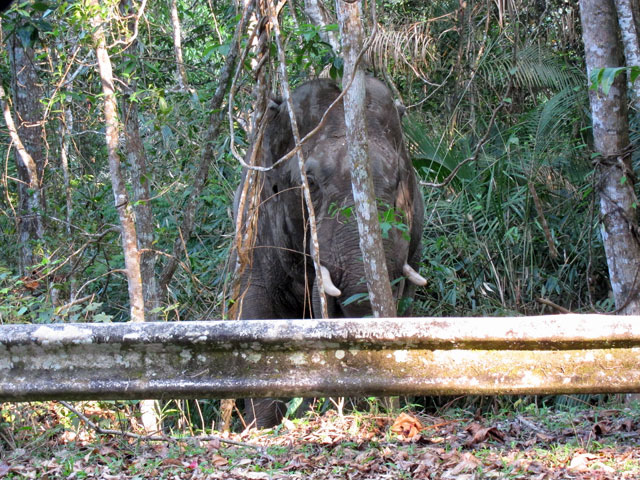

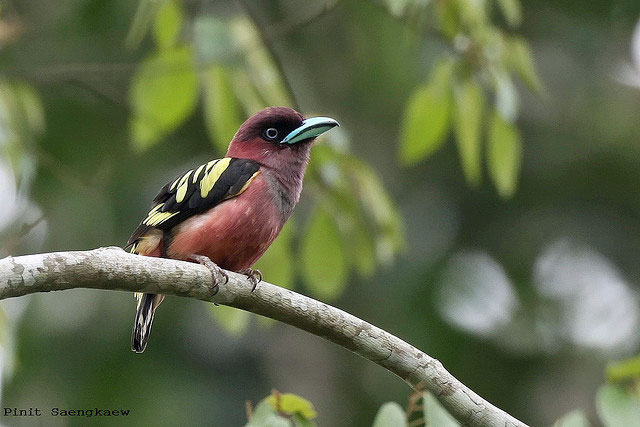
February 22: More from Susan Myers and her on-going Cambodia tour
We had the most amazing day today! It was spent at the remarkable Prek Toal Core Bird Reserve on the southwestern edge of the enormous Tonle Sap Lake. Tonle Sap is the largest lake in Southeast Asia, fed by the mighty Mekong River. The Prek Toal reserve, a very important area of seasonally inundated freshwater swampland, protects populations of distinct birds—including huge numbers of Spot-billed Pelicans (below), Painted Storks, Lesser Adjutants, Oriental Darters and Indian Cormorants as well as many others.
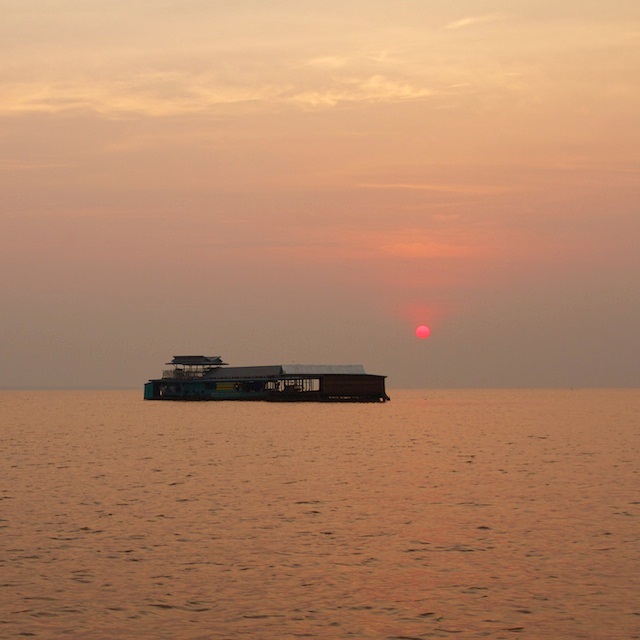
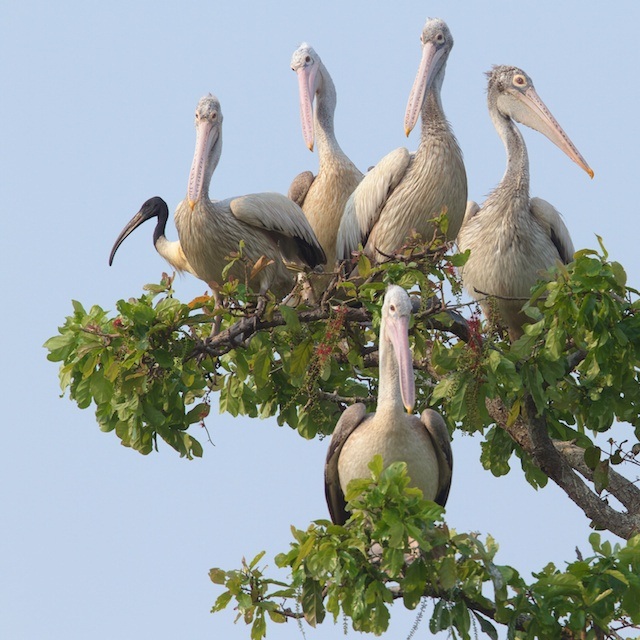
But for us the really special birds were the Milky Stork and Greater Adjutant, both of which are increasingly hard to find outside of Cambodia. Our journey began with a short drive from Siem Reap to a lakeside fishing village from where took a large, comfortable boat across the enormous lake to the reserve. Here we changed to some smaller vessels better able to navigate the shallower waters. Almost immediately we were enjoying the spectacle of huge numbers of pelicans fishing and flying up ahead of us. Amazing numbers of cormorants, egrets, storks and darters watched us from the swampland trees as prinias and tailorbirds called from the bushes.
But most fantastically we quickly found a very close Milky Stork (below) and then a number of sensational Greater Adjutants (below) - so ugly yet so beautiful! Some outstanding looks at the handsome Grey-headed Fish Eagle rounded off a very memorable day.
all photos: Susan Myers
